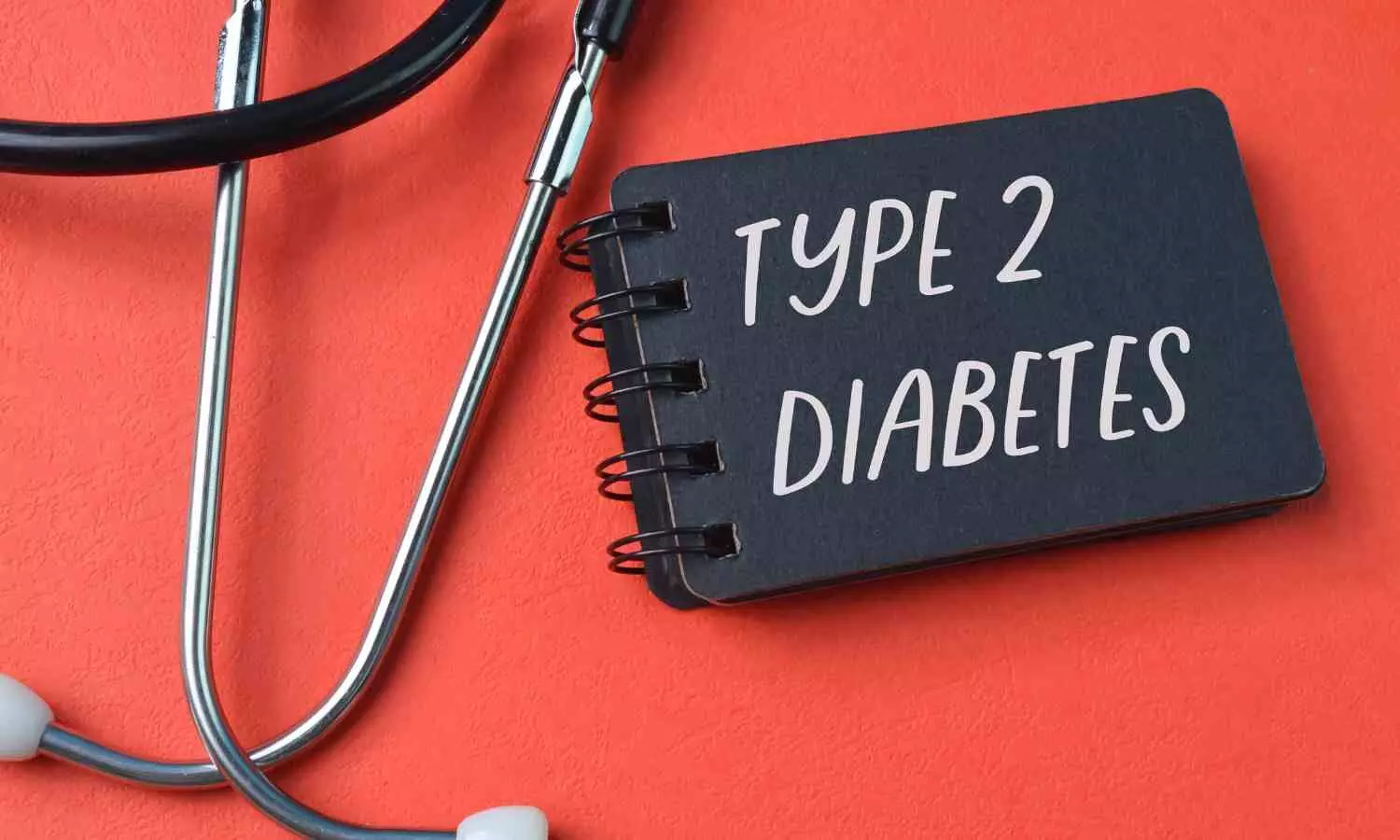Brighter Night Light Exposure Linked to Higher Risk of Type 2 Diabetes: Lancet

Researchers have found in a new study that exposure to brighter light at night significantly increases the risk of developing type 2 diabetes. This conclusion, based on a large prospective cohort study involving UK Biobank participants, emphasizes the importance of maintaining dark environments during nighttime to mitigate diabetes risk. The study was published in The Lancet by Daniel P. and colleagues.
Light exposure at night disrupts circadian rhythms, a known risk factor for type 2 diabetes. While previous research has established this link, this study is the first to demonstrate how personal light exposure patterns predict diabetes risk in a large-scale cohort. The study involved 84,790 participants, aged 62.3 ± 7.9 years, with 58% being female, who wore light sensors for one week to record their day and night light exposure.
The participants’ circadian amplitude and phase were modeled from the weekly light data. The study excluded individuals with diabetes prior to light tracking and followed up for 7.9 ± 1.2 years, during which 1,997 incident type 2 diabetes cases were recorded. The analysis adjusted for variables including age, sex, ethnicity, socioeconomic status, lifestyle factors, and polygenic risk.
The study findings were as follows:
Compared to participants with dark nights (0–50th percentiles), those exposed to brighter night light had incrementally higher diabetes risk.
The hazard ratios (HR) were:
-
50–70th percentiles: HR = 1.29 [1.14–1.46]
-
70–90th percentiles: HR = 1.39 [1.24–1.57]
-
90–100th percentiles: HR = 1.53 [1.32–1.77]
-
Lower modeled circadian amplitude was associated with higher diabetes risk (aHR = 1.07 [1.03–1.10] per standard deviation).
-
Early or late circadian phases also increased diabetes risk (aHR range: 1.06–1.26).
-
Both night light exposure and polygenic risk independently predicted higher diabetes risk.
-
The increased risk from bright night exposure was similar to the risk difference between low and moderate genetic predisposition.
The findings suggest that brighter night light disrupts circadian rhythms, leading to higher diabetes risk. This disruption occurs regardless of genetic predisposition, indicating that environmental factors play a crucial role. The similarity in risk levels between those with bright night light exposure and moderate genetic risk highlights the potential of light management in diabetes prevention.
Avoiding light at night emerges as a simple, cost-effective strategy to reduce diabetes risk. This recommendation holds particular significance for individuals with high genetic risk, who may benefit greatly from minimizing night light exposure. The study concludes that brighter night light exposure and disrupted circadian rhythms significantly increase the risk of type 2 diabetes.
Reference:
Windred, D. P., Burns, A. C., Rutter, M. K., Ching Yeung, C. H., Lane, J. M., Xiao, Q., Saxena, R., Cain, S. W., & Phillips, A. J. K. (2024). Personal light exposure patterns and incidence of type 2 diabetes: analysis of 13 million hours of light sensor data and 670,000 person-years of prospective observation. The Lancet Regional Health. Europe, 100943, 100943. https://doi.org/10.1016/j.lanepe.2024.100943



